The Battle of Milne Bay (25 August – 7 September 1942), also known as Operation RE or the Battle of Rabi (ラビの戦い) by the Japanese
Wikipedia citation
Often overlooked by historians partly because there is a lot going on at that time - Guadalcanal and Kokoda and the action was mainly conducted by Australians. Therefore not of much interest to the US who were rightly much more worried about the situation on Guadalcanal.
But the significance of this, the first defeat of Japanese ground forces (the army) in WW2; should not be underestimated for two reasons.
- Geography of New Guinea is such that air operations from Port Moresby often can not cross the Owen Stanley Range because of weather and even if they do payload and / or range is reduced because of the climb required; therefore to strike from or at Moresby most flights need to go via Milne Bay.
- The location of Milne Bay dominates the area of the Bismarck and Solomon Seas. For the allies placing targets such as Lae and Rabaul within range.
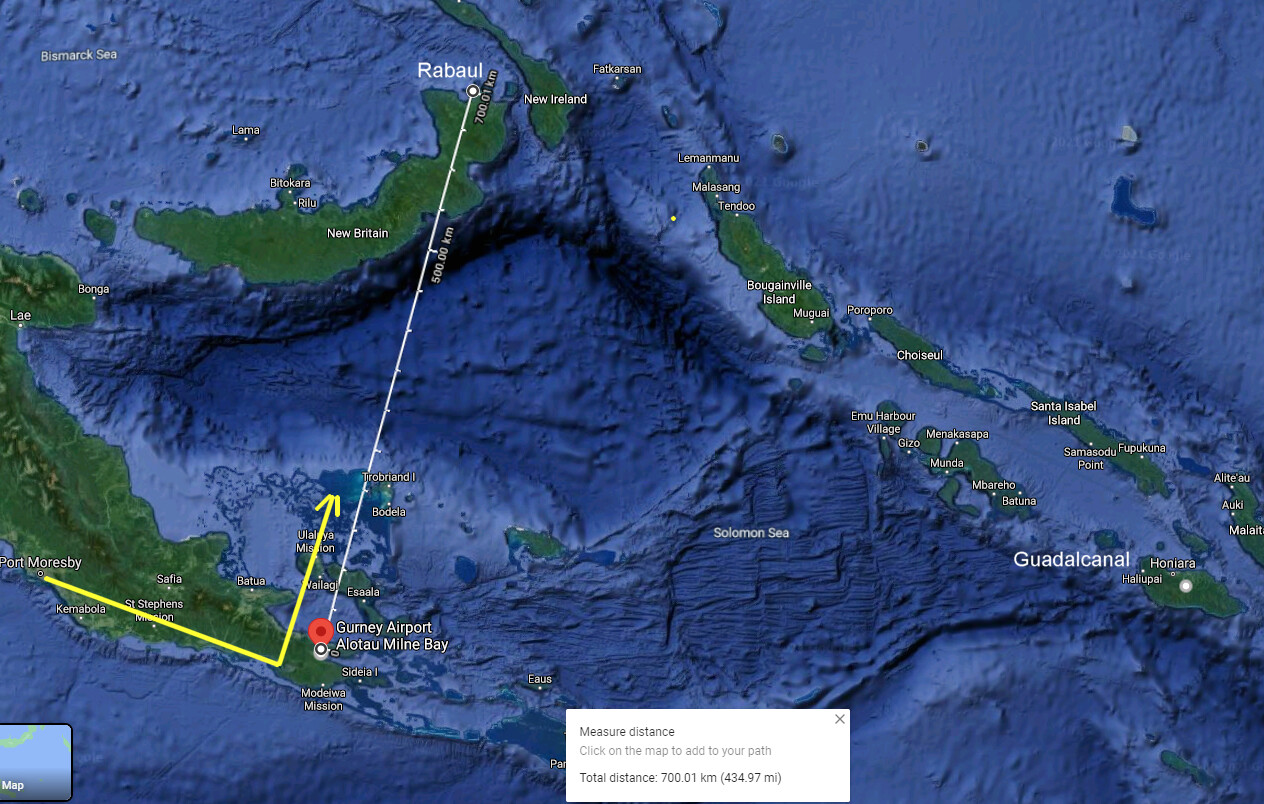
Or for the Japanese Townsville, Cairns and not to mention direct attacks upon Port Moresby. (No dangerous flying over mountains)
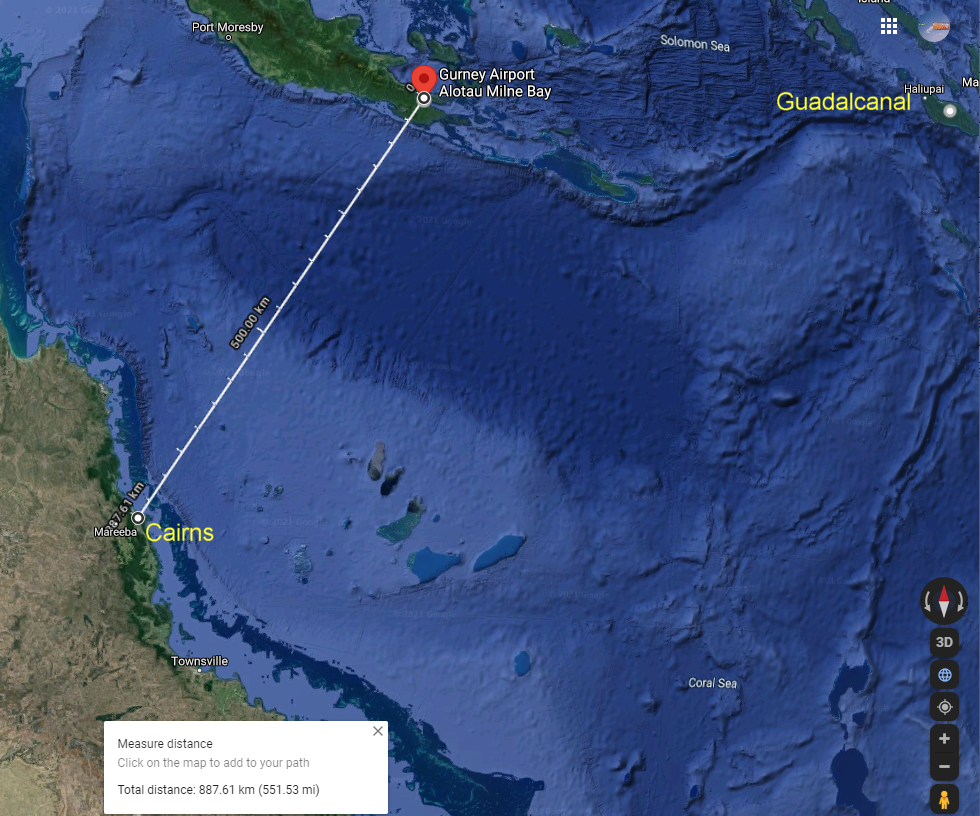
Even Japanese operations to Guadalcanal - how would that affected the result of the Guadalcanal campaign if US shipping to and from Australia were harried by Japanese Aircraft from Milne Bay?
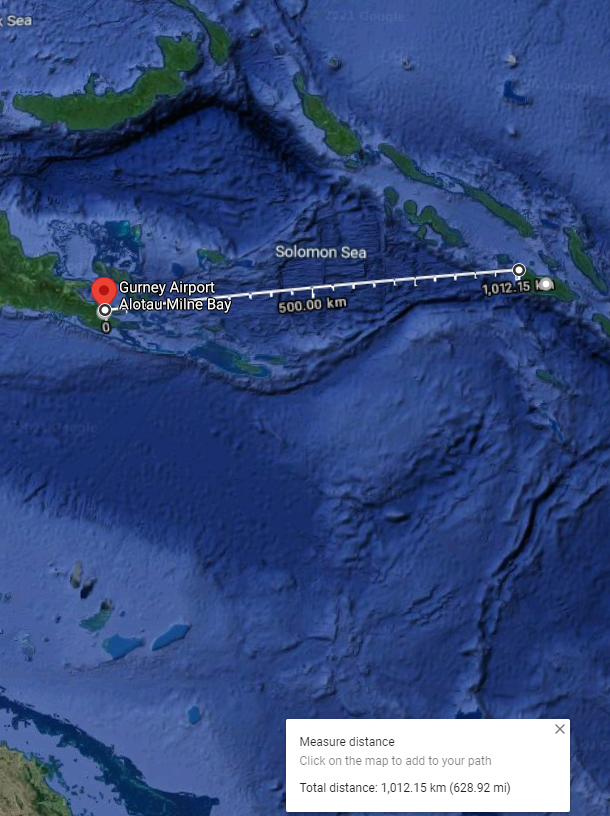
Whoever holds Milne Bay controls air power over the Bismarck Sea.
And as the Australians did, can shoot up nearly all shipping; thereby starving the enemy troops by severely restricting resupply.
If Milne Bay was lost to the Allies our Beauforts, Beaufighters and American Mitchels (Who joined soon after) would have had to operate from Moresby - to attack even Buna Allied aircraft would have further to travel costal and would have to run the gauntlet of Japanese fighters which now be over and around Milne Bay.
Attacks on Lae and Rabaul would be range challenged, Wewak would be out of range. Certainly the Allied fighters (Mainly P40’s) would not have the range to support the Allied medium bombers.
That is if there was any Allied aircraft remaining in New Guiney as losses to Japanese Bettys operating from Milne Bay would have forced the survivors to withdraw to Townsville.
Many Allied aircraft having departed from Port Moresby in the morning (for operations around Lae etc) often discovered the return route over the Owen Stanleys blocked in the afternoon because of the buildup of weather. These Allied aircraft often were very grateful that Milne Bay was available to them to land and refuel.
The holding of Milne Bay saved the loss of a tremendous number of Allied Aircraft which could fight another day.
The Battle for Milne Bay was a close run thing, Aircraft taking off reported weaving on their takeoff runs whilst firing their machine guns whilst still in the ground roll before taking off; because the Japanese were on the far end of the airfield. “To get their heads down” unquote
At one stage the aircraft took off and swung around, bombing and strafing Japanese positions around the airfield.
Holding Milne Bay allowed Allied Aircraft to go on the offensive, especially against the Japanese supply ships attempting to supply their troops fighting on the Kokoda Track. This led to their ultimate defeat and cleared the way for the island hopping campaign to begin.
Thank you for reading
It is my hope that you can give this battle the long over due recognition it deserves
Sources
Beaufort, Beaufighter and Mosquito in Australian Service by Stewart Wilson ISBN 0958797846 Pg 47-57 & 114-124
The Spitfire, Mustang and Kittyhawk in Australian Service by Stewart Wilson ISBN0958797811 Pg 158-161
[www.amazon.com/Beaufighters-over-New-Guinea-1942-1943]
(https://www.amazon.com/Beaufighters-over-New-Guinea-1942-1943/dp/064218836X)
https://www.amazon.com.au/Whispering-Death-Australian-airmen-Pacific
Wikipedia Battle_of_Milne_Bay
Google Maps



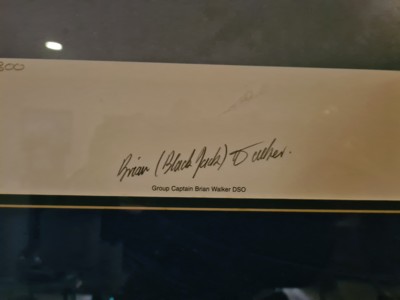
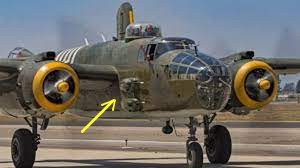


 for the tip and I agree, Greg has a ton of manuals on his Patreon as well including the Beaufighter. They don’t get the fame of the P-51 or the spit. May be because there are a lot more left of the former and as a single engine fighter they are interesting for the private market.
for the tip and I agree, Greg has a ton of manuals on his Patreon as well including the Beaufighter. They don’t get the fame of the P-51 or the spit. May be because there are a lot more left of the former and as a single engine fighter they are interesting for the private market.